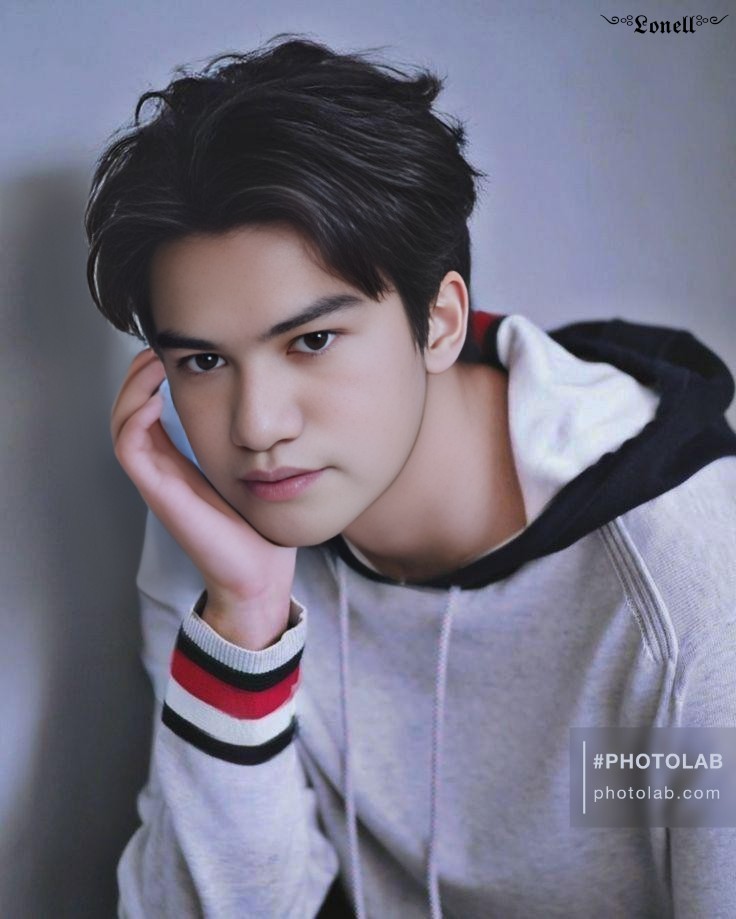Pop open a bottle of champagne, and what do you actually get? Bubbles, sure, but also this bizarre cultural phenomenon—a drink that screams celebration, success, and a touch of extravagance. Why does champagne hold such a peculiar place in our collective imagination? It’s not just about sparkling wine; there’s a whole saga bubbling beneath the surface, a cocktail of history, myth, marketing genius, and a twist of chance that catapulted champagne from a humble vineyard treasure to global stardom.
Let me take you on a little journey. Imagine the cool, misty slopes of the Champagne region in France, where grapes are nurtured with obsessive care. But here’s something you might not realize: champagne wasn’t always bubbly. For centuries, winemakers actually considered the natural effervescence in their wines a pesky mishap. They tried to avoid it altogether, fearing the bottles might explode. The bubbles—far from a selling point—were a nuisance or even a sign of wine gone wrong. Sounds ironic, right? You’d expect the sparkling part to be a feature, not a bug.
Yet, it was precisely those “faulty” bubbles that ended up sealing champagne’s fate as the world’s favorite party starter. What changed? Enter the monks, mad scientists of their time, fine-tuning fermentation techniques amid the confines of medieval abbeys. Dom Pérignon is famously (and somewhat mythically) credited with pioneering methods that elevated the sparkle from a quirky defect to a dazzling hallmark. His legacy wasn’t in inventing champagne outright but in perfecting a finesse that transformed frothy chaos into refined bubbles dancing endlessly in every glass.
The Pop Culture Spark: Champagne as a Symbol
By the 18th century, champagne was increasingly the choice of European royalty and the elite, an intoxicating symbol of opulence. Kings, queens, and aristocrats threw grand soirées where the pop of a champagne cork was akin to a royal decree, signaling merriment ahead. The drink came to embody not just luxury but celebration itself—birthdays, weddings, everything worthy of a toast.
Why does popping champagne corks feel like signaling life’s best moments? Because it is. It carries the weight of centuries of association with triumph and indulgence. You don’t crack open a bottle of sparkling wine to mourn or cipher taxes. It’s about joy and that fleeting splash of magic when the cork bursts free, releasing a cascade of effervescent drama.
This is where marketing took a keen interest. In the 19th and early 20th centuries, champagne houses began aggressively branding their products not simply as beverages but as experiences. Imagine that—selling you a lifestyle bottled with bubbles. Names like Moët & Chandon and Veuve Clicquot didn’t just promise a drink; they sold exclusivity and aspiration. Advertisements painted visions of glamorous parties, sleek tuxedos, and glinting champagne flutes raised against glittering backdrops. A sip of champagne whispered, “You belong here.”
From Battlefields to Ballrooms: The War-Time Boost
Here’s a twist you won’t often hear: World War I and II actually helped etch champagne deeper into the global psyche. Soldiers from the front lines drank champagne to celebrate victories and mark the end of combat. Furthermore, returning veterans brought a newfound taste for this bubbly luxury back home, crossing social boundaries more than ever before.
One particularly symbolic event stands out. When American troops liberated France during WWII, the shared champagne toasts weren’t just about drinking. They were acts of camaraderie, resilience, and hope. Champagne, thus, became a fixture in post-war America’s booming economy and consumer culture. It was no longer purely European aristocracy’s indulgence; it was democratized, though still glamorized. This subtle shift broadened its fame exponentially.
Science Meets Sensation: The Art of Bubble-Making
Let’s nerd out for a moment. Ever wondered why champagne has that persistent fizz, unlike your average soda pop? The secret lies in secondary fermentation. After initial fermentation, winemakers add a mix of sugar and yeast to the bottle and seal it airtight. This sparks a second fermentation happening inside, generating carbon dioxide that dissolves into the wine, making it bubbly.
What turns that basic fizzy mix into champagne’s signature luxury? The painstaking traditional method, called Méthode Champenoise. Bottles are aged on their sides for months, sometimes years, to develop complex flavors. Winemakers constantly “riddle” the bottles, slowly rotating them to coax yeast sediment into the neck for removal without losing precious bubbles – a labor-intensive dance that guarantees finesse.
That’s why champagne feels different—it’s not just carbonated wine. Every sip delivers a chorus of subtle notes: crisp apple, toasted bread, fresh almond, and, yes, that playful effervescence tickling your palate. Chemicals and charm align perfectly here, proving science can translate into pure hedonism.
Champagne’s Status as an Experience, Not Just a Drink
I see champagne differently now. It’s not just the taste or the price tag, although those matter. It’s the ceremony. The sound of the cork launching skyward, the way bubbles seem to race eagerly toward the glass’s surface, the glint of light refracted through a flute—it’s sensory theater for grown-ups.
Pop culture cemented this magic. Celebrities, movies, royal weddings, sporting victories—they flood our collective feeds with images of champagne showers and classy clinks. It’s aspirational and yet strangely comforting, a reminder that amid chaos, some slices of life still glitter.
If champagne were a person, it’d be that charismatic friend who always brings the party to life but knows when to lift the mood gently with elegance and humor.
What’s Behind the Fizz Today?
One might think that in a world awash with craft beers, exotic cocktails, and natural wines, champagne would have faded into a niche luxury. But it hasn’t. In fact, the drink keeps climbing, experiencing surges in popularity across younger crowds and new markets. Why? Because champagne’s appeal is timeless but adaptable.
It’s now about authenticity as much as aspiration. Small producers embracing organic vineyards and natural methods offer sophisticated takes that resonate with modern drinkers. Meanwhile, luxury brands innovate with packaging, collaborations, and digital storytelling to keep the intrigue alive without losing that classic sparkle.
The social element remains crucial. Champagne is the unofficial currency of celebrations that matter most—graduations, new babies, engagements, and boozy brunch outings alike. People still want to say, “We did it,” with that unmistakable pop and fizz.
🍾 Here’s why champagne’s explosive fame isn’t just a fluke:
– 🍇 It’s rooted in a unique place with specific conditions nobody else can perfectly replicate.
– 👑 It carries centuries of social weight, from monasteries to monarchies, and now mainstream culture.
– 🧪 Science has crafted a drink that’s as much about sensory artistry as it is about bubbles.
– 🎉 Marketing romance and ritual created intangible allure beyond the bottle’s contents.
– 🥂 It symbolizes togetherness, marking moments that are worth remembering.
If you’re craving a mental break, why not test your knowledge on surprising topics? Hop over to WeeklyQuiz for a quick brain teaser. To experience the thrill of discovery while having fun, the Bing homepage quiz is a perfect spot. And if you’re a news junkie, the Bing news quiz keeps your mind sharp and entertained.
Champagne’s story is richer and more fizz-filled than most realize. Next time you hear that satisfying pop, remember: it blends history, science, culture, and art into something that does way more than just wet your whistle. It celebrates life with a sparkle all its own. Cheers to that.

